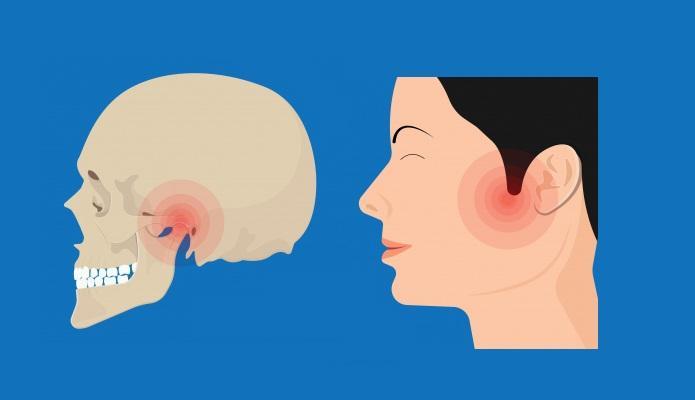A study evaluating patients in Norway with long-term temporomandibular disorder found that patients who initially had higher levels of pain were at an increased risk of non-resolving symptoms.

Existing research indicates that temporomandibular joint dysfunction (TMJ) is the second most common source of disability and pain in the human body. A recent study assessed risk factors for non-resolving temporomandibular disorder in patients with long-term refractory TMJ three years after their enrollment in a national interdisciplinary evaluation program at Haukeland University Hospital in Bergen. The study found that those patients who reported higher pain intensity were later more likely to report non-resolving TMJ symptoms.
At enrolment, a radiologist, physiotherapist, clinical psychologist, orofacial pain dentist, maxillofacial surgeon, and anesthetist examined 60 TMJ patients enrolled in the study. Participants in the group suffered from temporomandibular joint pain for an average of 13.4 years. After consultation with specialists, patients were given treatment recommendations, which they passed on to their general practitioners for follow-up.
At baseline and three years later, patients completed questionnaires in which, in addition to TMJ symptoms, they described physical functioning, adverse events such as trauma, and psychosocial factors.
Overall, patients reported satisfaction with their initial multispecialty examination and treatment recommendations, but three years later, only 21% of patients reported satisfaction with the follow-up provided by their general practitioners. After three years, 33% of patients reported worsening TMJ symptoms, 26% improved symptoms, and 41% reported a change in symptoms. The researchers noted that those who experienced worsening symptoms also reported much higher minimum and maximum pain intensity at baseline. This group also initially reported higher levels of pain. Statistical analysis showed that high peak pain intensity at baseline was a significant predictor of worsening TMJ symptoms at 3-year follow-up.
Due to the lack of TMJ specialists in Norway, especially in rural areas, general practitioners and dentists often have to treat TMJ, even if they do not have enough experience to do so. The researchers indicated that a team of specialists from both medicine and dentistry should ideally be involved in the treatment of severe TMJ. The researchers also suggested that seeing general practitioners and dentists improved only ten of the 39 patients.
The authors suggested that care could be improved by an interdisciplinary team's observation of patients and general practitioners, and by empowering patients to take responsibility for their own recovery through a feedback-based rehabilitation program. They also recommended post-treatment studies on stress management in patients with chronic pain.
